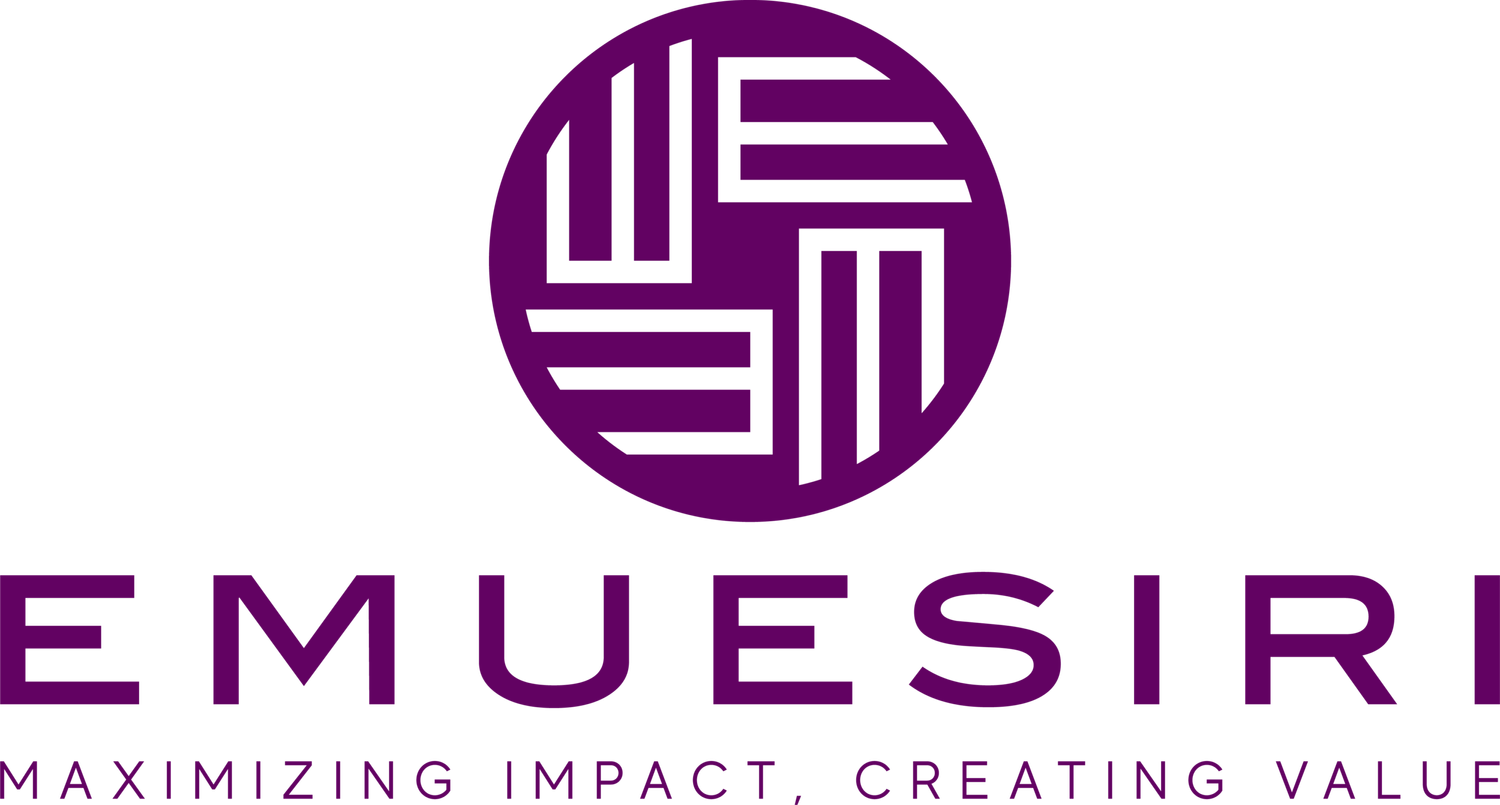Beyond Buzzwords: How Companies Can Meaningfully Promote Racial Justice
Photo by Shane Aldendorff from Pexels
With heightened awareness that racism in America did not end with the Emancipation Proclamation, companies and the general public have been quick to pledge their solidarity to the Black Lives Matter Movement, the acronym BIPOC is trending, and many organizations seem keen to share their response to the reality of racial injustice. Companies must come into awareness that communities bearing the burden of racial injustice desire more than symbolic gestures and platitudes. How can companies promote racial justice in a meaningful way as part of their commitment to social good? Here are a three ways to get started:
Identify organizations with a long-standing track record of working to address racial injustice: The deaths of one too many Black Americans has incited an uptick in organizations and GoFundMe accounts rallying to support victims of injustice. However, in some cases, these organizations misrepresent themselves, have not delivered on their stated missions or failed to ensure funds reach their intended audiences. When seeking to invest meaningfully in addressing an issue, companies should not be afraid to request evidence of impact. It is important to ask probing questions to assess how tangible an organization's impact is on the cause they are serving. Companies can examine what evidence they have as progress against goals, but keep in mind that even long-standing charitable organizations may still be learning how to best communicate their success. Likewise, companies can have intentional conversations to explore if the organization has a clear strategy with a defined problem statement and approach. If there is a weakness in their approach, consider how your company could support them in achieving their mission. They can also examine the charity’s approach to financial management; expenditure on overhead is permissible, but it is important to assess how they are distributing programmatic expenses and how these expenses match their objectives and goals. Collectively, this analysis is applicable regardless of the cause a company chooses to support.
Examine how corporate brand, marketing and even hiring practices encourage race-based discrimination, profiling, or exclusion, AND actively invest in communities of color: Companies have begun to examine, or are called to attention by the court of public opinion to correct, actions that are perceived to be – or simply outright – racist. For example, the brand Aunt Jemima recently retired its 133-year old company name which was inspired by a minstrel show where characters wore blackface. Meanwhile, other companies are making more conscientious efforts to diversify their board of directors and hiring. However, more can be done in this process of self-examination. Companies often invest in communities where their employees live through their corporate social responsibility efforts. Further consideration could be given to investing directly into building a future workforce pipeline by sponsoring community programs that teach skills and expose youth in communities of color to careers directly related to the company's business operations. By doing so they can help to build a skilled and diverse labor force as well as expand the array of opportunities for communities that often face barriers due to limited social capital or resource investments in their vicinity.
Be bold in recognizing root causes of problems: Sherece West-Scantlebury once said, “Philanthropy is different from charity. Charity focuses on eliminating the suffering caused by societal problems like homelessness. Philanthropy asks why is there homelessness in the first place?” There are some seemingly easy fixes to driving meaningful change in this arena as a corporate entity. For example, by hiring a third party to identify how one’s corporate brand, marketing, and even hiring practices encourage race-based discrimination, profiling, or exclusion. However, it takes a bit more initiative to identify the root causes of racism in countries like America. Ben & Jerry’s took this challenge on with a bold social media campaign where they vocally called for the dismantling of the culture of white supremacy. They lent their brand and platforms to engage in a difficult discourse about systemic racism and how practices such as the unequal racist enforcement of social distancing policing in 2020, cash bail system, mass incarceration, and more unfairly target people of color.
How is your business promoting racial justice? Let us know so we can help share your best practices: info@emuesiri.com. Find out how Emuesiri helps clients to create impact and maximize results: www.emuesiri.com.
ABOUT EMUESIRI
Emuesiri delivers tailored philanthropic advisory services for businesses and philanthropists looking to develop and implement corporate social responsibility, shared value partnerships, and/or traditional philanthropy strategies. Choose Emuesiri to identify and integrate the appropriate social investment vehicles; navigate how you can improve sustainable outcomes; and develop the right strategy to realize your impact goals. For more information visit: www.emuesiri.com.


